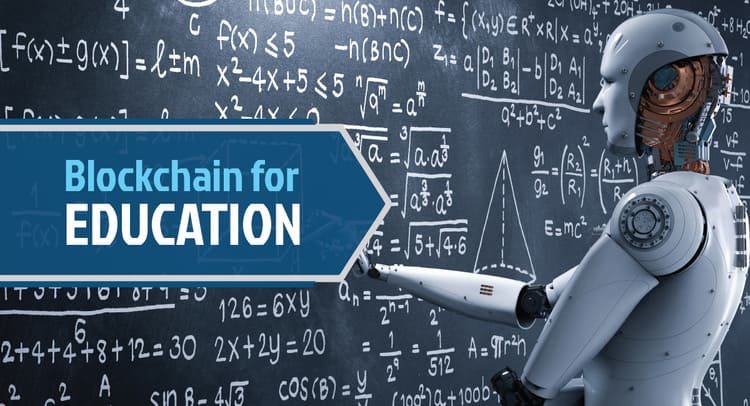How Blockchain Technology is Revolutionising the World of Learning and Development

The modern age is full of crazy technologies, and while we’re all becoming increasingly familiar with them, they are being implemented in ways we could never imagine. Look at the education sector. More and more technologies such as artificial intelligence, smart classrooms, and blockchain are becoming integrated beyond belief.
Many say that blockchain will continue in this way until it becomes an integral part of modern classrooms, but how is this the case? In today’s guide, we’ll explore the impact of blockchain technology in this way, and how it’s revolutionising the learning process as we know it.
Enhanced Management of Student Credentials and Records
In the past, there have been problems with students faking their qualifications and certifications to try and secure jobs or get into institutions of higher education. Not only that, but these platforms can also be used in the future for smaller course qualifications, such as intensive courses and the likes.
Creating a Partnership Platform
In addition to the records keeping features of blockchain, another interesting way the technology is being used is to improve and enhance communication methods, whether that’s sharing content or communicating messages. Sure, there are plenty of messaging and file-sharing platforms and services out there, but few are as secure as blockchain.
Improved Copyrighting and Digital Rights Protection
“Plagiarism has always been a problem in the educational world, but with the introduction of blockchain, this process can be managed far better and far more effectively. What’s more, copyrighted materials can also be secured and distributed safely without the risk of it being stolen,”shares Terry BENNETT, a journalist at Uktopwriters and Academized.
As you know, blockchain is impossible to alter manually and requires advanced encryption to protect the data, meaning that academic materials can be secured without being at risk of being changed or edited, but still retains easy access for the owners and those who need it. All changes are tracked, meaning any problems can be easily discovered.
An Innovative Learning Platform Like No Other
Take textbook writers or course producers. Using a token system, students can now access the course content they need anywhere in the world without having to pay for physical copies. They can download the books, request more materials, and even get feedback on their work, all through one decentralised system.
“Tokens to access the content can be gained through contributing to the system, by adding other students, and watching and interacting with course content. The creators of the content can also be rewarded for the number of people who interact with their content. This adds an entirely new interactive dimension to education,”explains Jason TURNER, a tech writer at Eliteassignmenthelp and SimpleGrad.
Improved Human Resources
This blockchain system will minimise the risk of any falsifications when it comes to degrees and accomplishments and making sure that the right people are getting into the job roles they deserve. This will benefit everyone from the students and universities who can partner with businesses, and the businesses who will get the top talent.
About the author
Beatrix Potter is a cybersecurity writer at Assignment Writing Service Sydney and Assignment Help. Beatrix writes how Blockchain Change Learning and Development, she also is a manager at Top Canadian writing services website.
Image courtesy of Fingent